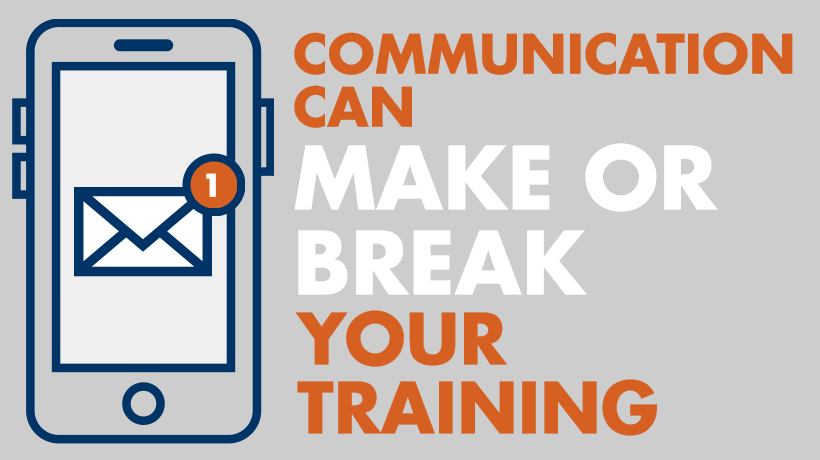Why Good Communication Is Critical For Creating Effective Training Experiences
In 1519, the explorer Ferdinand Magellan set forth to discover a new route from Portugal to the Spice Islands and, in the process, to complete the first round-the-world journey. His fleet of ships sailed around the tip of South America, rested on the coast of Chile, then turned northwest to start what they thought would be an easy three-week cruise to the islands.
The Pacific was far larger than Magellan had imagined, and resources were running low after two months without sighting land. Finally, after 99 days at sea, they made landfall in a weakened state, having lost dozens of men to starvation. Underestimating the size of the ocean was bad, but what took things from bad to worse was the lack of islands along the way to take on needed resources. There were, in fact, several islands close to their route where the ships could have landed, but Magellan simply didn’t know about them.
In business, a lack of awareness that resources exist can have a similar result. It can weaken or even kill an otherwise well-planned project. And when those resources include training, communication is critical. Managers in charge of effective training must communicate awareness (the existence of the training), motivation (the benefits of the training), and access (how to use it).
Awareness
Like Magellan and his hungry crew, employees need to know a simple fact: Resources are available. (There’s an island over there? With donuts? Why didn’t you tell me?) Unused training not only wastes the company’s money, but the productivity benefits of effective training are never seen. This is why it’s essential to publicize new training and updates with a well thought-out launch. At a minimum, the launch plan should:
- Notify employees that the training is available.
- Define the overall scope of the training.
- Identify who needs to complete which elements of the training.
- Outline benefits to the employees and to the company.
- Show how to access the training and verify completion.
Motivation
Part of a manager’s job is to get employees excited about training. Last spring, one of the managers of an outdoor leadership school in California launched an eLearning program to help their experienced instructors transfer wisdom to new hires. This program would have allowed management to focus on critical marketing campaigns while alleviating a common frustration of the instructors — working with colleagues who lack knowledge.
The program would only work if the experienced instructors participated, but they didn’t see the point of typing on a computer when they could be out hiking, rock climbing, or relaxing at the beach. Most only put minimum effort into the training and, as a result, the program fizzled. If the manager had effectively communicated the benefits of the training, he might have been able to reverse the trend of employee turnover that had been plaguing the school for several years.
Getting employees motivated for training can be a challenge, even if they aren’t distracted by sun and surf. Adult learners tend to prefer a learning process that is internally motivating, so a great way to communicate benefits is to link training to personal development.
Access
Once an employee is aware of (and excited about) a training program, they still need to integrate it seamlessly into their workflow. To do this, managers must communicate exactly where the training is, how much of it is there, and how to access it.
Last year, a pharmaceutical company set a policy requiring all their external vendors to complete the same security training their employees take. As part of the training launch, software developers working for one of the vendors were assigned email accounts notifying them of required courses. This turned out to be a good system — the only problem was that some developers weren’t notified of the email accounts. Since the training took place through a secure VPN, missing deadlines for the initial courses caused plenty of headache and hours on the phone with the company’s IT department to reestablish security credentials.
Well-designed, effective training is more than just a tool to alter people’s behavior. It’s also a highly concentrated and efficient form of communication. But training itself must be communicated well to be effective.
Want to know what other training trends make a difference in your success? Read AllenComm’s 2016 Trends ebook.









